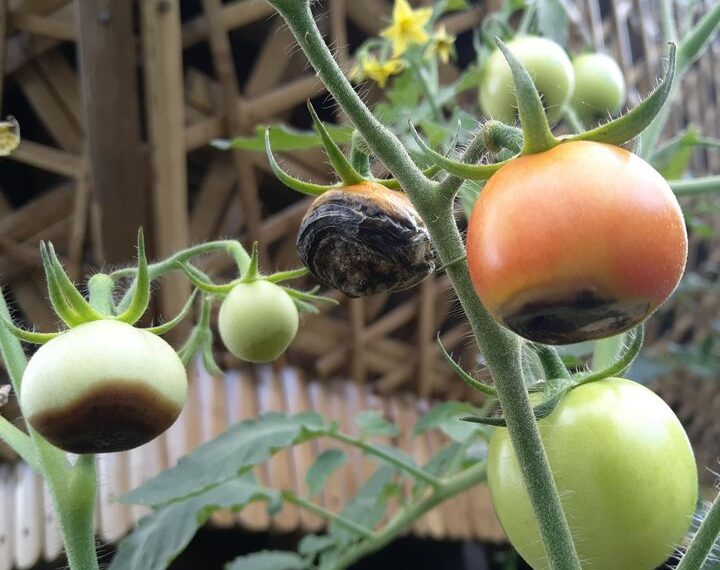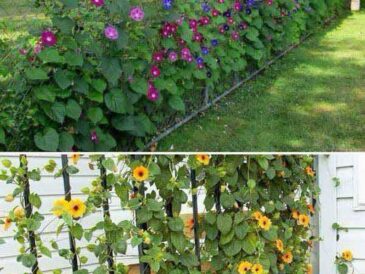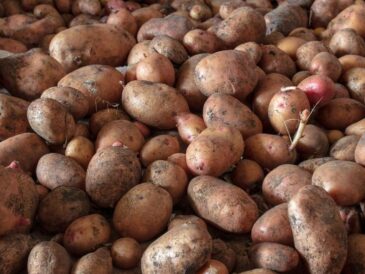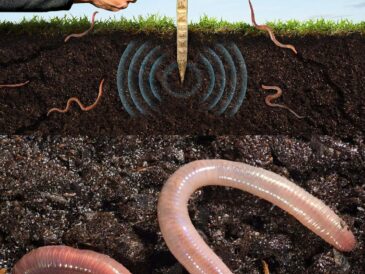Prevention and Management of Blossom End Rot
- Water Consistently
- Keep soil evenly moist without flooding. In dry weather, this may mean daily watering, while mulch can help retain moisture.
- Maintain Soil Calcium Levels
- Soil testing can show if you need a calcium amendment. Adding calcium can help, but it’s crucial to correct watering first.
- Crushed Eggshells and dolomite lime are common amendments, but they take time to integrate.
- Avoid High Nitrogen Fertilizers
- These can encourage leafy growth over fruit production, which can drain calcium from fruit. Instead, choose a balanced or low-nitrogen fertilizer for your vegetables.
- Mulching
- Organic mulches help moderate soil moisture and temperature, reducing the risk of inconsistent watering effects.
- Container Care
- For plants in pots, check soil moisture frequently. Containers dry out more quickly than garden soil, requiring more attention.
- Foliar Calcium Sprays
- Calcium sprays are a temporary measure to address BER in plants actively producing fruit. While not always fully effective, they can supplement soil efforts.
Alternative Plants to Try
If BER persists despite intervention, consider other vegetables less prone to calcium-related issues, such as leafy greens and herbs, which require less calcium for fruiting.
Conclusion
While blossom end rot can be disheartening, a few adjustments to watering, soil health, and calcium management can greatly reduce it. Following these practices will help produce stronger, healthier vegetables season after season.
Pages: 1 2




